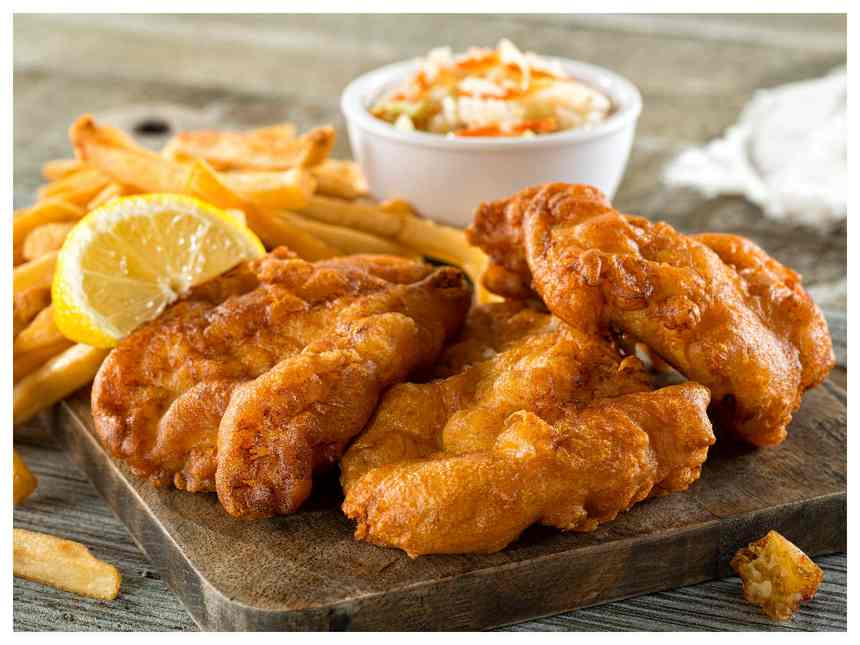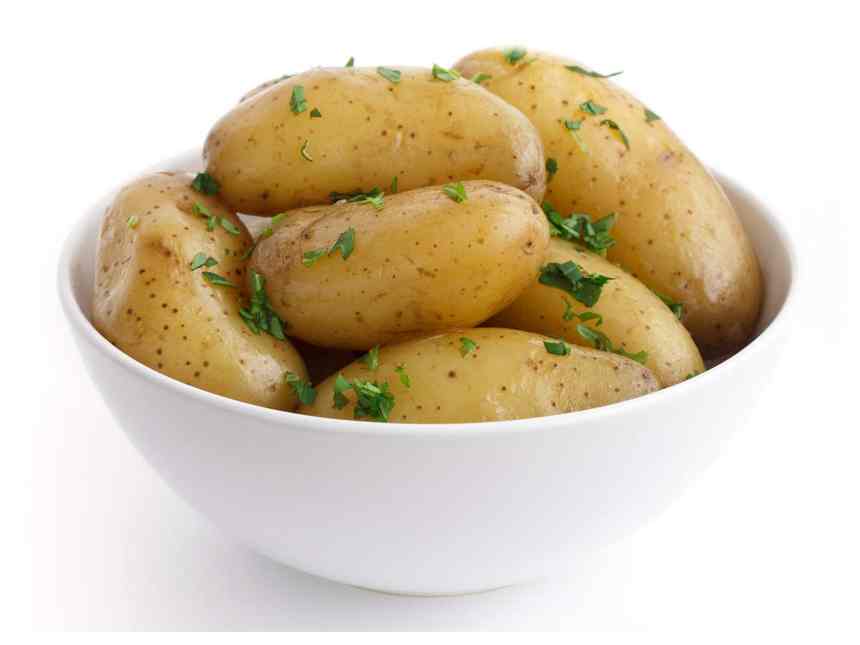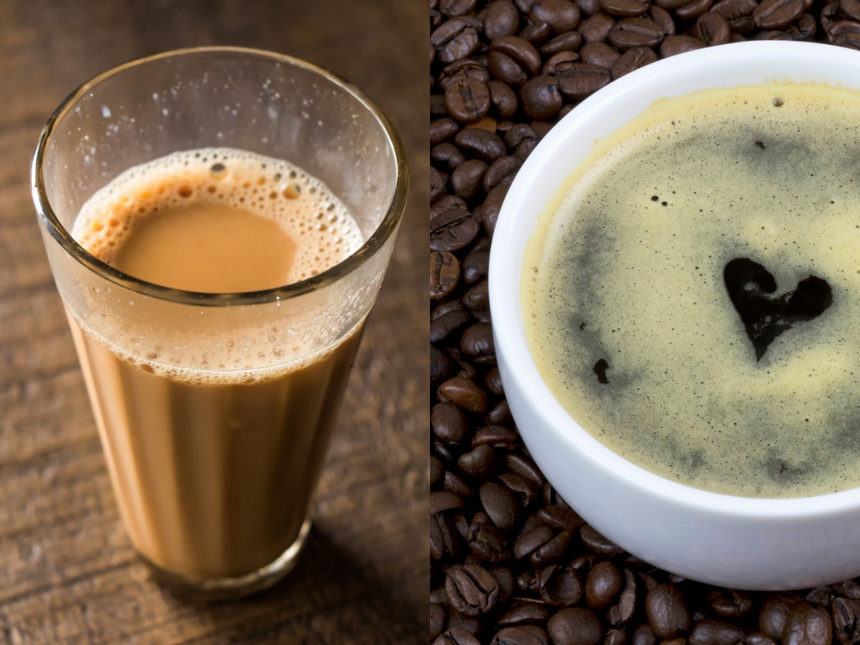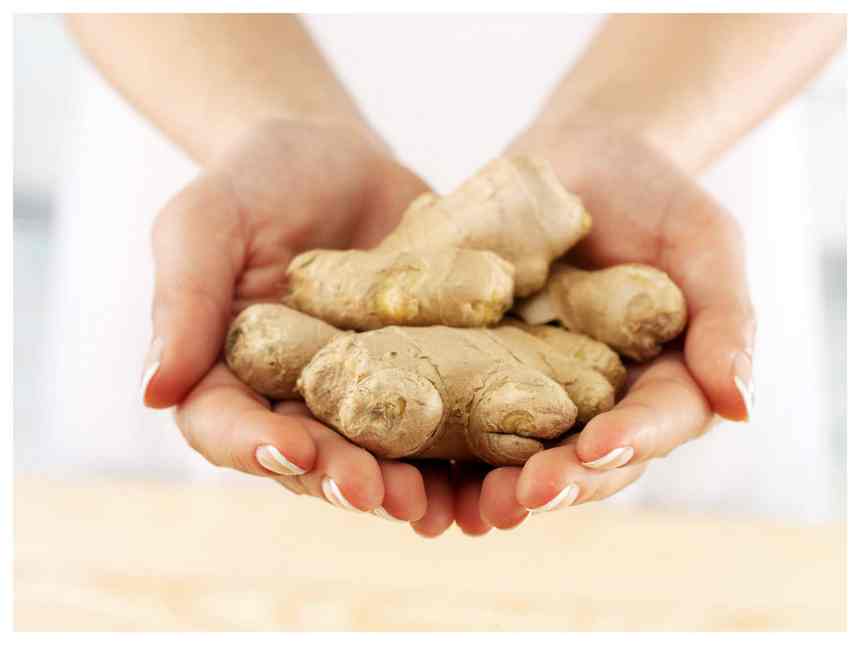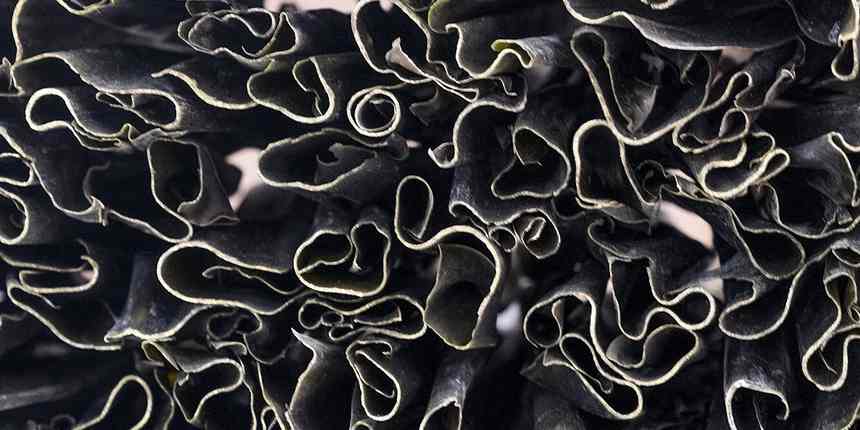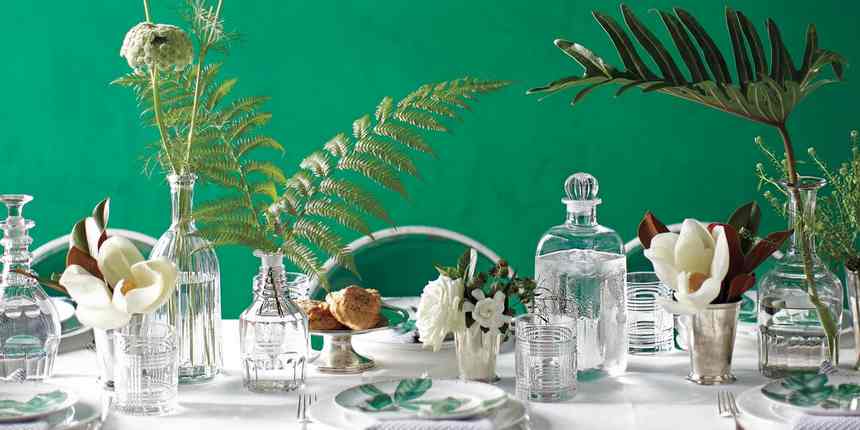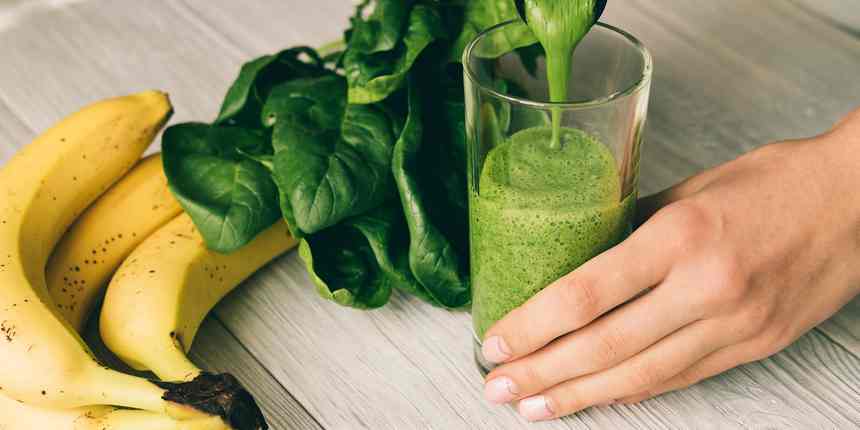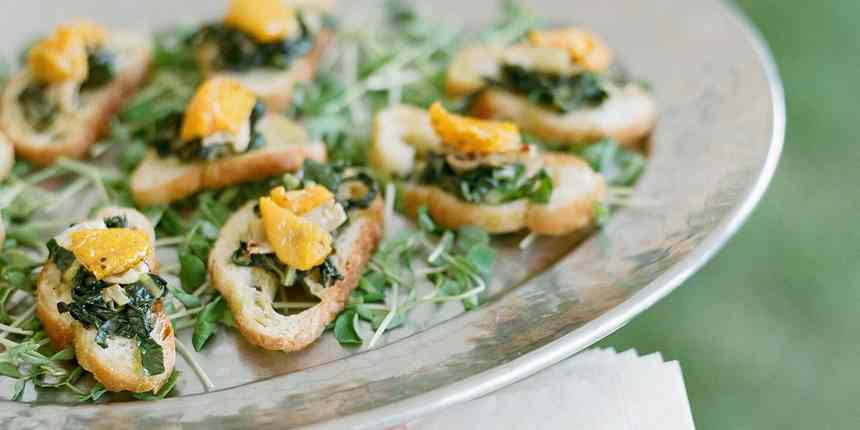It was the icky stuff we avoided in the pond as kids, but these days algae is a trendy food product. Loved by chefs for its versatility and touted by many nutritionists for its health benefits, algae food products are popping up on supermarket shelves, on restaurant menus, and more. Here's what you need to know about eating algae.
But before we start, we have to answer one common question: Isn't algae stuff you find in a pond? Technically, yes, although there are various types of algae, including some found in freshwater and some in saltwater.
Related: What Is Raw Milk, and Is it Good For You?
Which Algae Are Edible?
There are four main types of edible algae: blue-green, which you'll spy in stores as chlorella or spirulina; brown, such as kelp, kombu wakame, and arame; green, which includes sea grapes and sea lettuce; and red, like nori, dulse and Irish moss. Keep in mind, though, that within the main types are many more varieties.
What Does Algae Taste Like?
The different types of algae have distinctive flavor profiles. Blue-green mico algae aren't often consumed as is and are fairly versatile thanks to their rather bland taste. The larger seaweed kinds such as kelp and nori have a briny, salty taste that's almost like eating a piece of the beach (in the best possible way.) Dulse has even been said to taste like bacon, but we'll let you be the judge of that.
Is Eating Algae Good for You?
Nutrient-dense, algae are often touted as a superfood, but the health benefits aren't completely understood. Most edible algae contain high amounts of vitamins and minerals including folate, iron, zinc, and magnesium. Spirulina and chlorella are also known for their high protein content and some kelp contains lots of calcium. The nutrient benefits get a bit murky when diving into how and if our bodies can break down and absorb the vitamins and minerals algae contain; even within the types, such as chlorella or kelp, there are multiple kinds each with their own mineral makeup.
More than the health benefits though, algae is one solution being put forward to the challenge of how we feed a growing world population without adding to the climate crisis because it doesn't require a lot of resources to produce and when farmed can help to improve water quality and even absorb the greenhouse gas, carbon dioxide.
How Can Algae Be Used in Food?
There are so many ways you can eat algae food products. If you're new to algae, the easiest way to start is by adding spirulina or chlorella powders, from brands like BareOrganics and Sun Potion, to a smoothie for a protein kick, or using dehydrated kelp as a seasoning on everything from eggs to soups. "As a seasoning, it can go in anything," says Suzie Flores who with her husband owns the Saccharina latissima (sugar kelp) farm, Stonington Kelp Co., in Stonington, Connecticut. But Flores says cooking with fresh seaweed is way more fun.
Not ready to start with fresh seaweed just yet? Freshwater algae, like chlorella can also be added to pesto, sauces, and even guacamole. Chlorella brand Sun Chlorella even has udon noodles made with chlorella and Flores has made noodles out of the kelp she farms. The diversity of types and flavors of algae make it possible to incorporate it into almost any type of cuisine. Now might just be the time to try algae.
